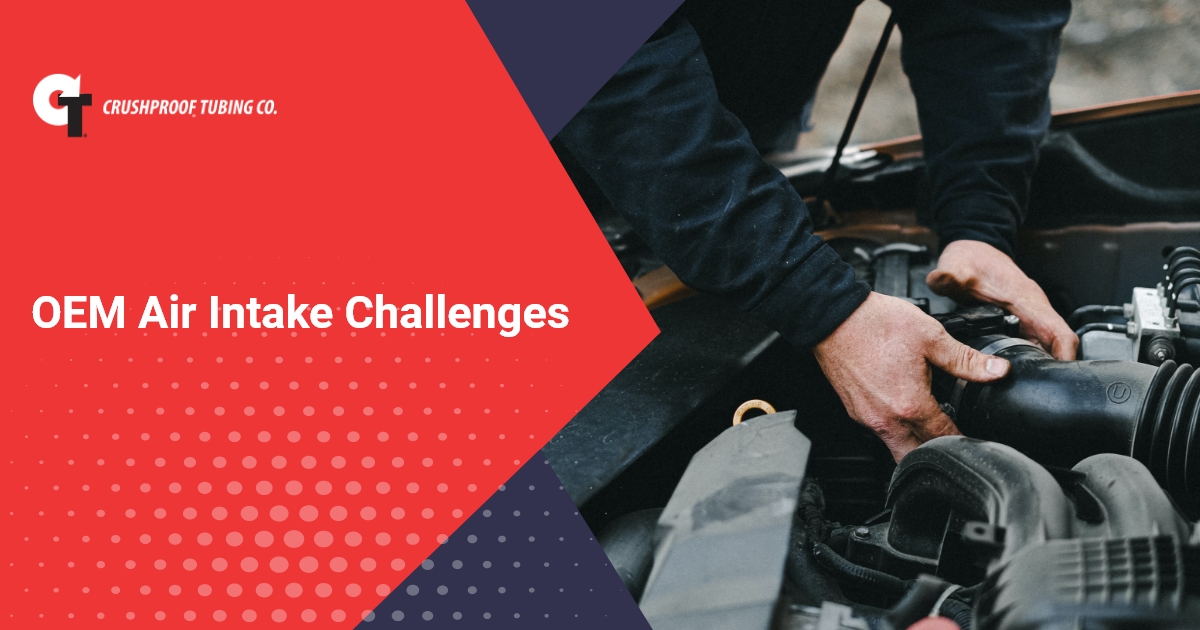An Overview of Air Intake Hose Challenges OEM’s Working With Engines
OEM’s involved with connecting internal combustion engines into their end product understand that there are many considerations surrounding air intake hoses as part of a complex intake system. These hoses help ensure the performance of the vehicle and extend its lifespan. However, finding suitable hoses for their application can be difficult because of the custom requirements that are commonly involved. This post explores some common challenges faced by OEM’s.
Navigating the Roadblocks: A Few Common Challenges Faced by OEM’s Using Engines
- Material Selection: Heat, lubricant, oil, and a wide range of chemicals can be found around most engines. Making sure your raw material can handle that harsh environment is critical.
- Flexibility and Durability: Air intake hoses must be flexible enough to support engine movement without affecting their structural integrity.
- Vibration and Noise Reduction: Any engine produces vibration, and isolating that from the rest of the system is important. A good air intake can do that for you. That will also lessen overall noise coming off your assembly when in use. It reduces stress and strain on other surrounding parts and assemblies, improving overall durability.
- Airflow Efficiency: The primary function of the air intake hose is to supply fresh air to the combustion engine. This airflow efficiency may get affected due to leaks or other reasons. Thus, these hoses must be designed to minimize damage and reduce airflow restrictions. If the air intake hose gets damaged easily, it may affect the functioning of the engine in various ways such as reduced fuel efficiency, reduced power output, and overall responsiveness of the engine.
- Compatibility and Integration: These hoses must be designed such that they integrate seamlessly with the engine system. They should fit securely to the throttle body, air filter housing, and other components without any compatibility issues.
- Regulatory Compliance: With increasing awareness of user safety and sustainability, manufacturers selling globally need to comply with standards on emissions, noise levels, safety, and environmental compliance. These hoses must be designed to meet the necessary standards.
Addressing these challenges would require OEM’s to source their air intake hose from trusted manufacturers like Crushproof® Tubing Company. Made from Crushproof® rubber, these hoses can easily handle temperatures as high as 300 degrees Fahrenheit while being chemical resistant and flame retardant. They can be made with a zero bend radius and custom-made to fit different engines. The clients can take advantage of the free, custom sample program offered by Crushproof® Tubing Company by visiting a Build a Hose page.


